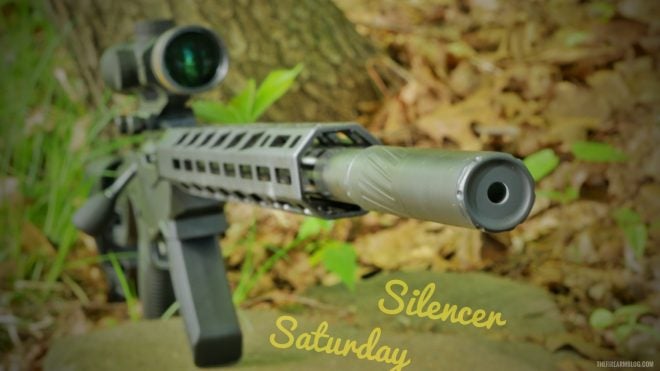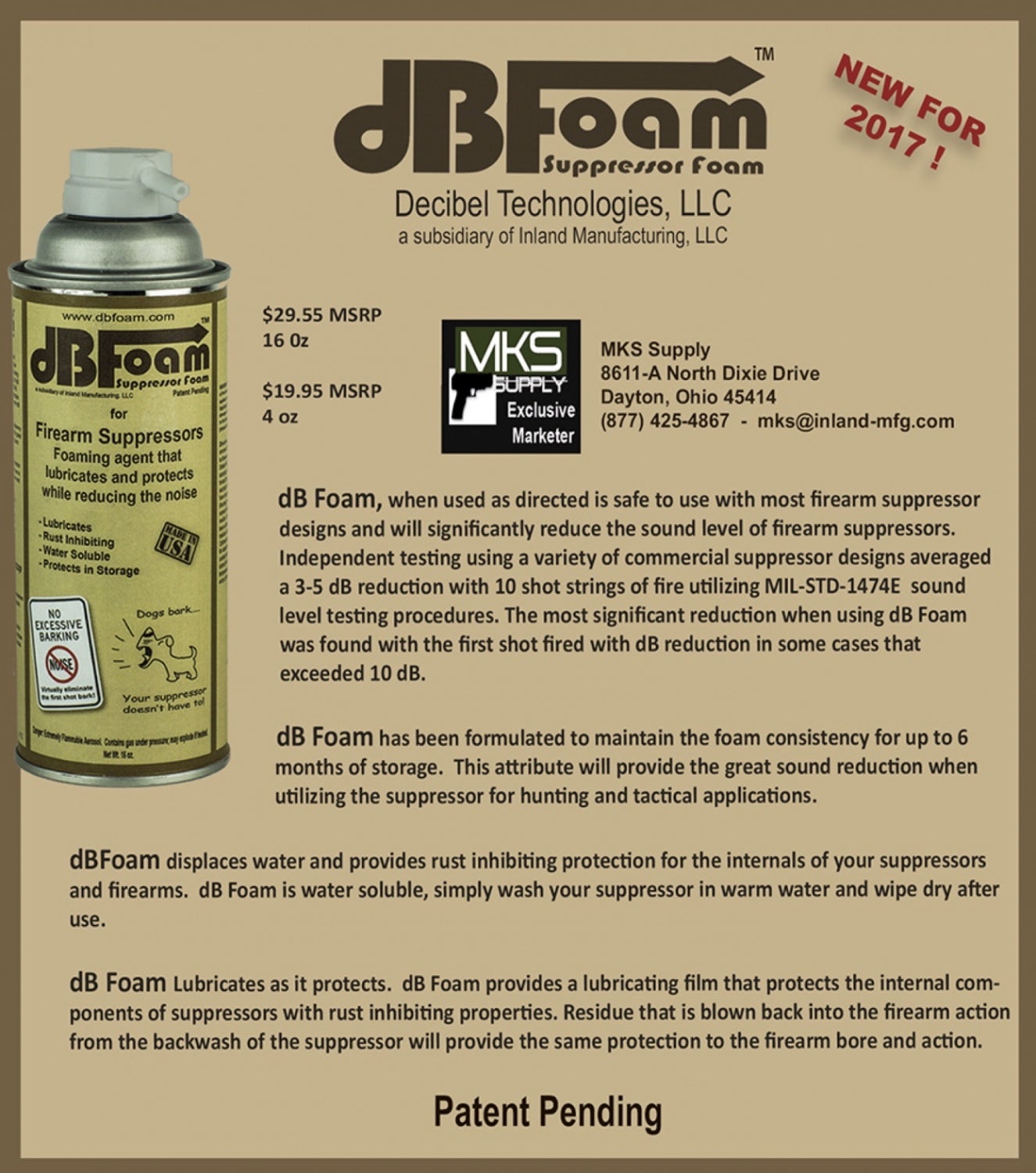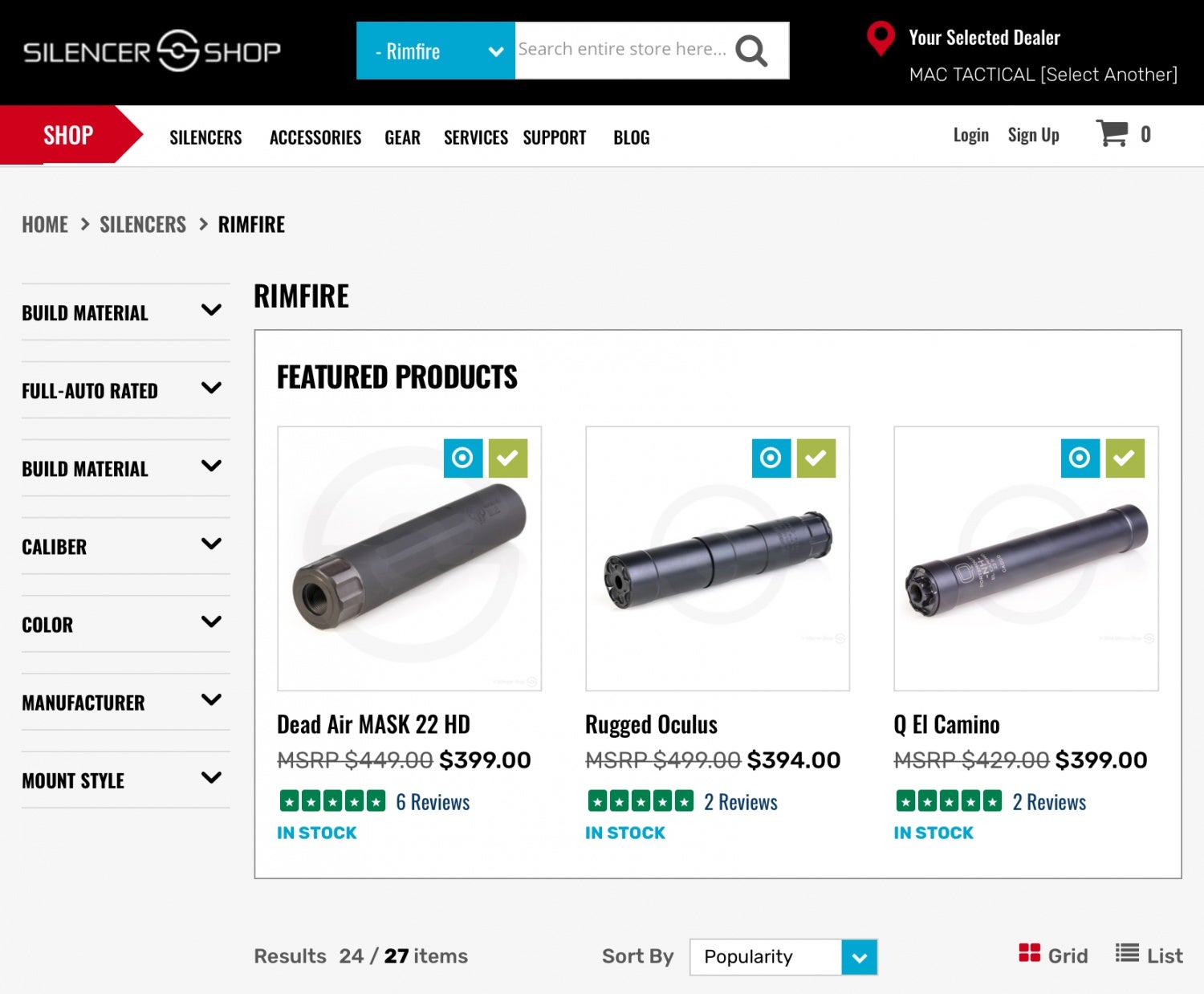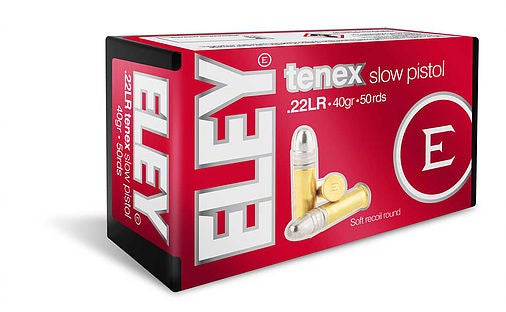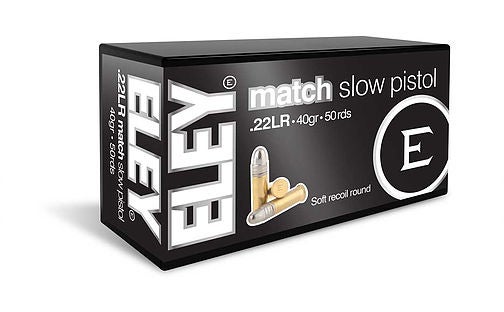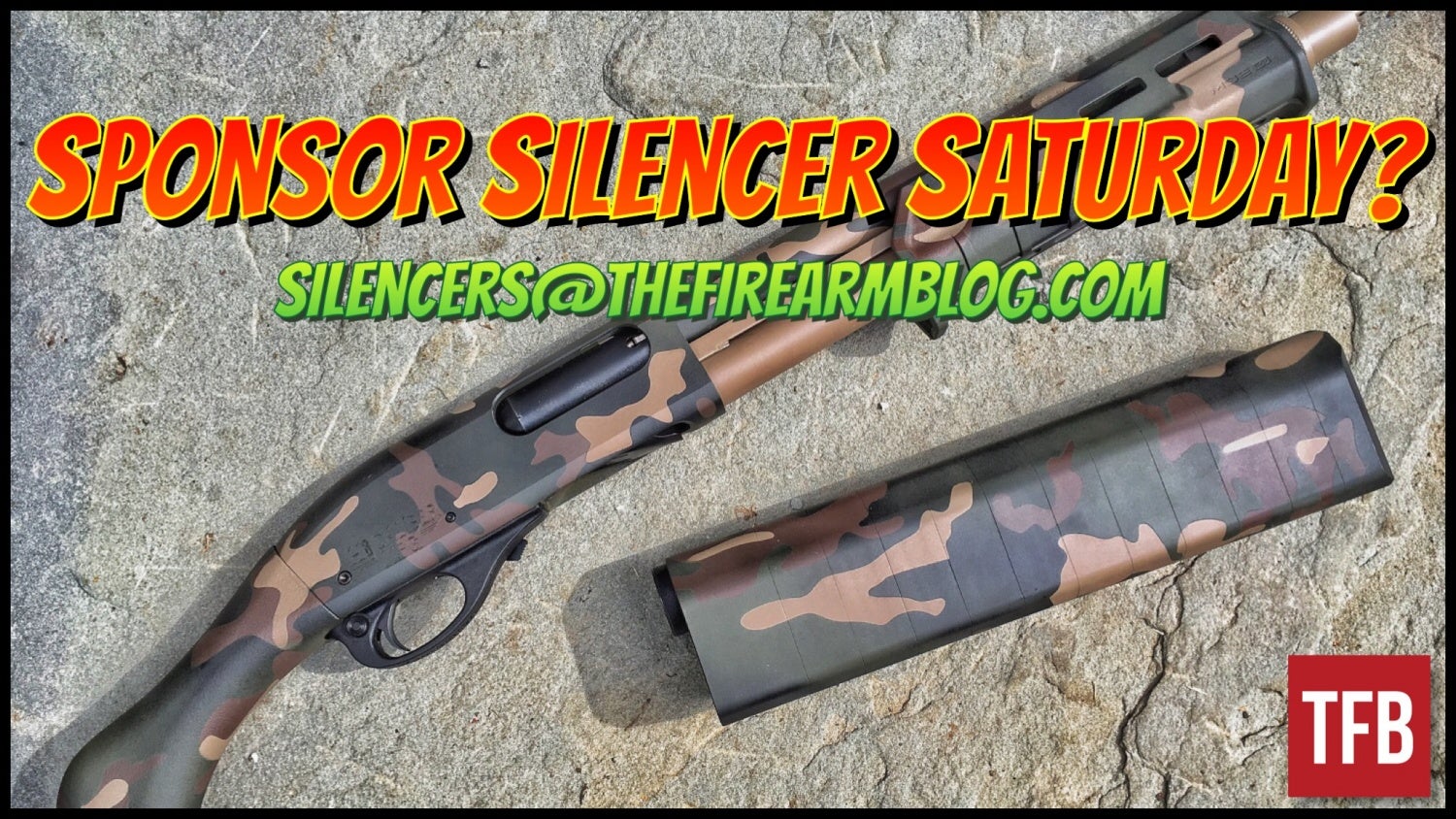Welcome back shooters, thanks for reading TFB’s Silencer Saturday. Today’s post marks episode 20 of the series that focuses on everything that is silencers, suppressors and mufflers. This Saturday we are going to discuss a topic that can be often overlooked as being almost childish or gimmicky. The joys of suppressed rimfire are nearly endless: from backyard plinking, pest control, precision target, pistols and rifles, rimfire suppressors offer some of the most dramatic results that the shooting world has to offer. Especially when paired with subsonic ammunition.
Some of the most significant detractors related to the shooting sports is eliminated with the use a suppressed rimfire platform. Obviously the act of shooting is quieter, but what else makes the world of rimfire silencers so attractive. Let’s find out.
The Joy Of Suppressed Rimfire

Whether it’s your first time or your 1,000th time, shooting subsonic ammo in a rimfire pistol or rile outfitted with a silencer is a giggle-worthy experience. Which is why I always suggest that newcomers to the suppressor game start with a rimfire model. It’s synonymous to a gateway drug: the first hit is free, the rest will cost you. But there’s definitely a reason I own more rimfire silencers above all others.
- Lower costs:
By shopping around, many rimfire models can be had for around $200 to $300, an almost unheard of value in the NFA market. Of course, you are still stuck with the tax stamp and transfer approval wait time. On top of the actual silencer costing less, the hosts themselves are usually less expensive than their centerfire counterparts. A threaded barrel version of the popular Ruger 10/22 can be had for around $300 and a rimfire pistol with a threaded barrel can be had for about $400.
And after years of waiting, prices on .22LR ammunition has dropped back to reasonable levels, with many reputable brands falling in around $0.10/round and below. Outside of heavy reloaders, a 500 round Range day for $50 is pretty much limited to the rimfire world.
- Size, weight and complexity:
For the most part, rimfire suppressors weigh significantly less than centerfire models. Because of the lower pressures involved, usually a reduction of materials and manufacturing processes in comparison to larger cartridges. Features like threaded end caps and removeable cores can more easily be included in rimfire models. And piston or Nielsen devices required on tilting barrel action pistols aren’t necessary on rimfire pistols, reducing weight and overall length.
All things being equal, I prefer a lighter weight rimfire silencer, especially on pistol hosts. The downside of a lightweight model is that it can be built with materials that can’t be cleaned with an ultrasonic cleaner or some chemicals.
- Ammunition availability:
I mentioned that ammo prices were dropping off to more normal levels, but also companies are making more varieties that are better fitted suppressed shooting. My current favorites, which I have mentioned in the past is the CCI 40gr Segmented Hollow Point Subsonic (for bolt action rifles) and the Gemtech 42gr Subsonic ammunition (for semiautomatic guns).
It is important to remember that some subsonic ammunition will not cycle semiautomatic firearms, So even if you are going for the most quiet combination possible, I recommend starting with a box of 50 rounds before you fully invest in 10 bricks for your next suppressor-host-ammunition combination.

- Host availability:
The number of suppressor-ready rimfire hosts has skyrocketed in the last five years. Threaded barrels are options on most models with many companies now advertising the use of silencers with their guns. The best part is that the overwhelming majority of .22LR guns are threaded to 1/2 x 28 thread pitch specifications, meaning that your rimfire silencers are automatically universal with your factory hosts.
- Training tool:
Companies like Smith & Wesson are offering AR15 style rimfire rifles that have a similar manual of arms as their larger kin. This means that shooters who have defensive carbines can sometimes use their cheaper and quieter suppressed rimfire AR to practice drills at a fraction of the cost.
- Excellent suppression:
And, most importantly, subsonic suppressed rimfire is probably the easiest way to achieve the ultimate in quiet shooting, sometimes referred to as “Hollywood Quiet”. In all honesty, with the right host, ammo and maybe a bit of ablative media, we can easily surpass fake movie “pft pft” noises.
The title image above is the new Ruger Precision Rimfire bolt action rifle (review inbound) outfitted with a Thunder Beast Arms 22 Take Down (Hansohn Brothers). When paired with the CCI ammo listed above, the only sound heard is the firing pin snaking the rim of the cartridge. No pop, bang or report. Nothing short of amazing.
With a semiautomatic host, even the quietest ammunition with still be louder than a manual repeater. The noise of the action and gasses escaping closer to the shooters ear will add a noticeable noise increase.
And for an even further reduction in decibels, a small amount of ablative media can be use inside the blast baffle (just after the threads). Anything from water, to soda, to grease and even carbon dioxide can be used as an ablative.
Read the TFB Review Of dB Foam here:
https://www.thefirearmblog.com/blog/2017/05/18/nland-manufacturing-db-foam/

Amazon: Wire Pulling Gel – A good Ablative Media
Picking A Rimfire Suppressor:
Much like ice cream flavors, there are at least 31 great varieties of rimfire suppressors available to U.S. consumers and I’ve shot my fair share of them. For the most part, each have their positives and negatives and I’d be hard pressed to throw out a blanket recommendation for a single manufacturer. For example a dramatic weight savings for one model might be overshadowed by the ability to use an ultrasonic cleaner on another model.
Length, weight, modularity, cost and other factors will drive purchases. It is up to you to decide your use cases and budget, but if I can offer any advice it is that it is virtually impossible to stop at one rimfire silencer, so plan accordingly. If you have questions, feel free to drop me a line at silencers@thefirearmblog.com.
Be safe everyone. See you next week.
Suppressed Nation – Published on May 9, 2018
- 40-grain Segmented HP bullet breaks into three pieces on impact
- 75-percent less perceived noise than standard .22 LR
- No hearing protection needed
- Standard .22 LR case
- Excellent accuracy
Our new pistol line showcases ELEY tenex slow pistol – a round nose bullet profile with superior accuracy at a lower velocity for maximum control.
Like its ELEY tenex slow pistol counterpart, ELEY match slow pistol features a round-nose bullet profile with lower velocities and recoil for enhanced sight picture recovery.
After years of recommending various brands and types of ammunition, we decided to do things right and create our own optimized round for suppressor usage. Putting together a heavier bullet, a cleaner powder, a premium lube on the lead round nose projectile gave us consistent velocities and harder hitting performance at subsonic, suppressor-friendly speed. The 42 grain lead round nose bullet is heavier than traditionally available rounds, but isn’t so heavy as to cause instability. While “harder hitting” and .”22lr” aren’t usually associated together, steel silhouette shooters will appreciate the difference between a knockdown and a wobbling target that stays up! A designed velocity of 1020 feet per second ensures the heavier projectile remains subsonic speed in most all firearms without resorting to anemic velocities.
 Your Privacy Choices
Your Privacy Choices
